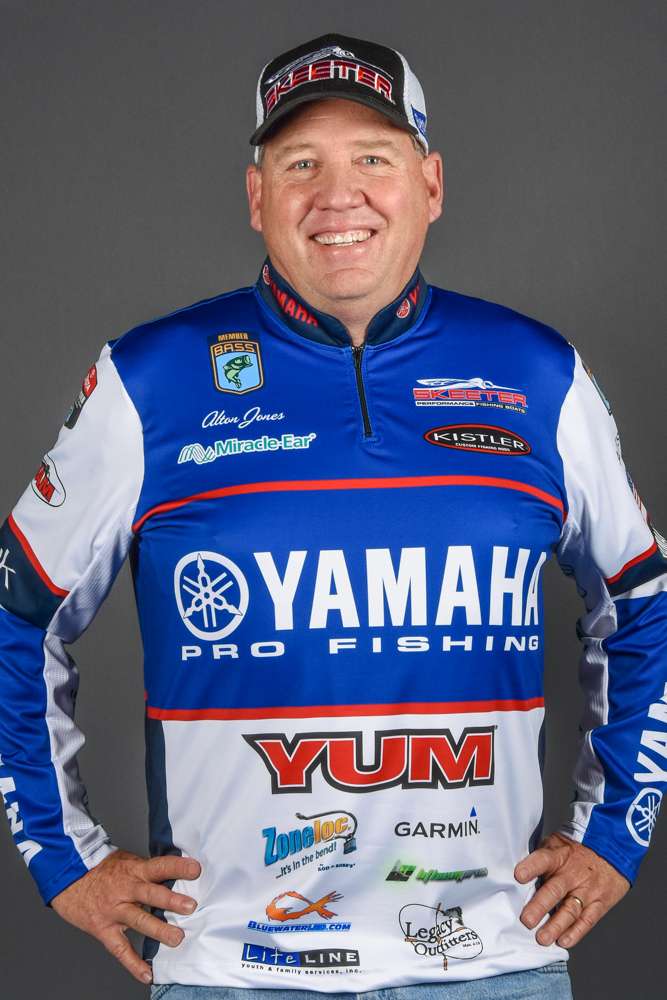
For me, reflection and analysis are important parts of being a professional fisherman. So, looking back on last week’s BASSfrest event on Lake Texoma, I’ve had time to think about this experience. First off, I have to say, I was very impressed.
I had a decent practice, but I don’t think any of us had any idea the kind of weight it was going to take to make the first cut, or the second cut. I had predicted that it would take about 60 pounds to win, so I wasn’t far off there.
I had heard that Texoma was a very prolific striper lake, but due to the flood last year, the striper population has been diminishing and that should cause an explosion in the bass population. I think that’s why Tex is on an upswing.
There’s no question, we fished this lake in tough conditions — postspawn and extreme water fluctuation. It was near normal pool a week before we got there, it got up to nearly 9 feet high and then the water started falling.
Taking all of this into consideration, I was even more surprised at the quality bags that were weighed. So, let me give you some of my Texoma takeaways:
1.This lake ended up being better than I expected, and if I had known that going in, I think I might have approached it differently in practice. I would have fished faster and tried to see more of the lake.
Generally speaking, if you’re fishing a lake with a sparse population of fish, you want to slow down, pick apart the cover and try to put your bait right in front of a fish. But in a lake with a good population, like Texoma, you can fish faster because the fish will show themselves to you.
In that respect, I practiced wrong.
2. I should have played the conditions that were coming rather than the conditions at hand.
None of us could have predicted how much the water would fall, but that had a major impact on my spots.
The area I fished was devoid of cover except in the 1- to 3-foot range. With the water falling 6 inches a day, my fish were in 0 to 2 1/2 feet of water by Day 2. And by Day 3, the water had fallen out of my area, and I only caught one fish.
The other thing that hurt me was the mud. I started fishing Day 1 about a 1/2 mile from the mud line, but as the water fell out, that mud inundated my area.
3. I saw the importance of fishing clean. On Day 3, my first fish was a 13-inch spotted bass. That fish was bleeding, so I decided to release it and give it the best chance of survival.
My next fish was a 5-pound largemouth that got hung up in the brush and came off. After that, I had a 3-pounder jump 3 feet in the air, do a double back flip and come off.
Missing those fish was very costly, but getting bit kept me in the area and prevented me from making the decision to change.
In one way, it’s good to be committed to your game plan, but I know now that I should have adjusted. I can’t tell you that boating those fish would have put me in position to win, but I had the bites to have had a Top 20 finish rather than a 49th-place finish.
I caught one of my keepers on a topwater, but all the rest came on a green pumpkin/purple YUM Christie Craw with a green pumpkin punch skirt. I think this was the best bait for the flooded cover I was fishing because you have the profile of a jig, but the bait goes into cover well and it comes out of cover well.
Looking ahead, I’ll be leaving soon for the next Elite event on New York’s Cayuga Lake. Lessons like the ones I took away from Texoma can be instrumental in helping us improve our performance, so hopefully this will allow me to be mentally sharp and on my game going into this tournament.
Two thirds of the way through the season, I’m one of the guys who is right on the bubble for making next year’s GEICO Bassmaster Classic. I’m a point or two out, so I need to bear down and give it all I’ve got.

